I’ve recently constructed a new dedicated 24′ x 18′ workshop in my backyard. It has a cement slab floor with a vapor barrier underneath the slab. I’ve screwed down 2×4 pressure treated sleepers over foam sill seal and planned to lay the subfloor (3/4″ T&G Advantech) today which will serve as my permanent floor. However, when I entered the shop, tools I had laying on the sleepers showed signs of condensation and rust and even the craft paper on the wall insulation was damp as were any papers and cardboard laying around the shop. So I’m hesitant to lay the subfloor and move my all my tools into this rust crib until I address this problem.
Here in eastern Maryland, the temperature has recently increased from the 70’s to the low 90’s and humidity is around 80%. The humidity in my shop is about the same. The inspector said I need to close off the interior walls with drywall or sheathing but now I’m worried about creating a condensation and mold problem in the walls not to mention all my tools rusting. The walls are 6″ thick with R-19 insulation and Tyvek housewrap (no the exterior).
Questions: should I apply a poly vapor barrier over the sleepers before laying the subfloor? Do I need a special type of drywall for the walls or other interior vapor barrier that is mold resistant or will regular drywall work? I hate the idea of running a dehumidifier 24/7 so are there alternative structural solutions to minimize condensation and rust?
– Lyptus
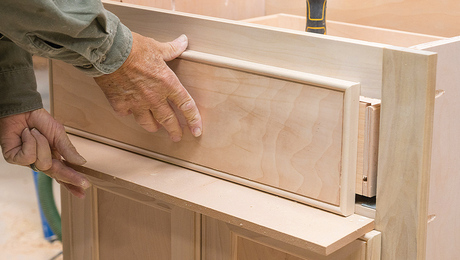

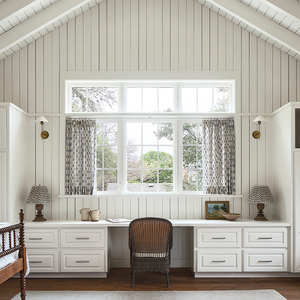
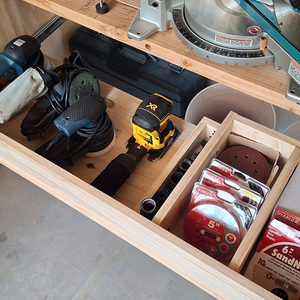
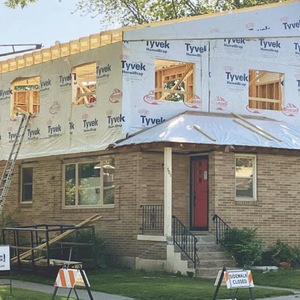
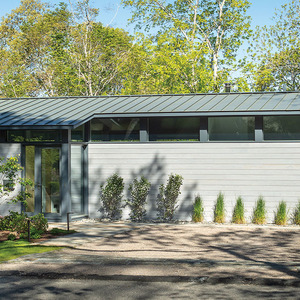













Replies
Be aware that the concrete slab and other building materials will be giving off large amounts of water for the next 6-12 months. After that the problem will be much less severe. As this is not a 24/7 occupied building, and no cooking or showering will go on inside it (I assume), the need for a vapor barrier (in the walls) is not that great.
I'd use one of the fiber-reenforced drywalls just for it's better mechanical strength -- resistance to dinging.
You get the condensation because of the extra humidity from the floor/wood, combined with the tendency of the (well insulated) structure to remain cool after the outside temps rise.
A ventillation fan is a lot cheaper than a dehumidifier. And somehow raising the temperature in the structure a bit will help ward off condensation as well.